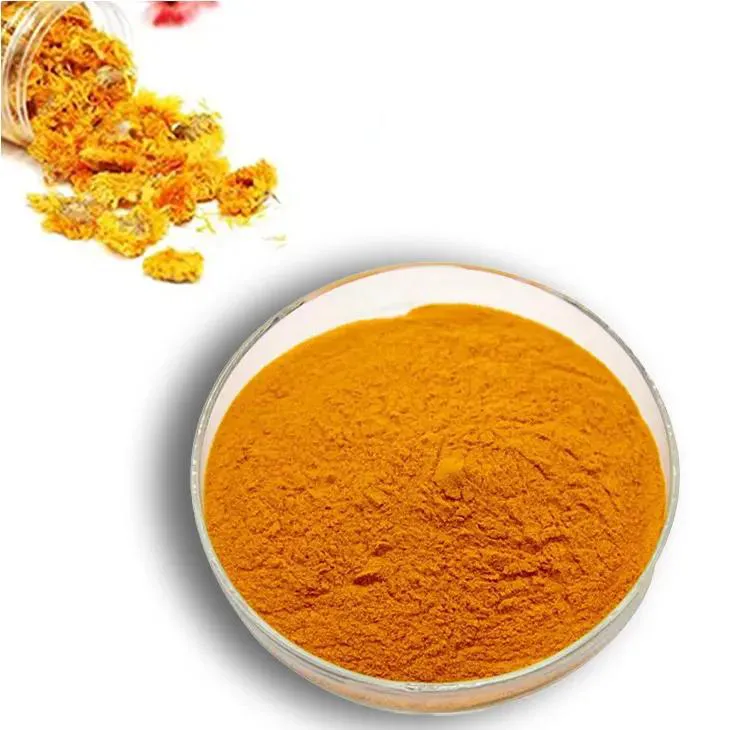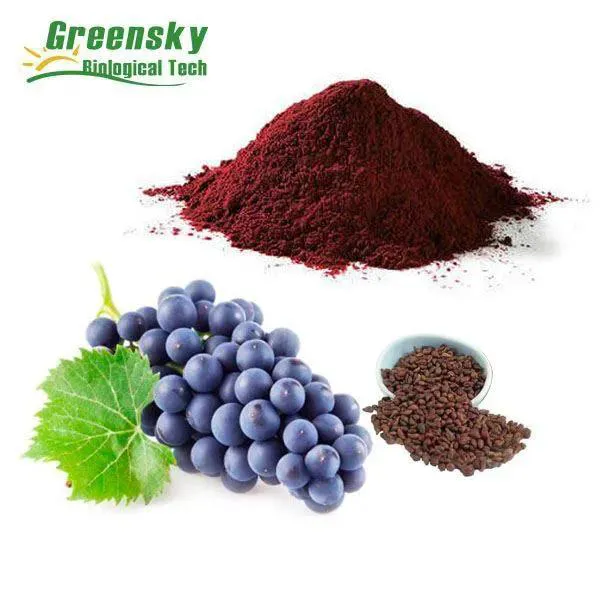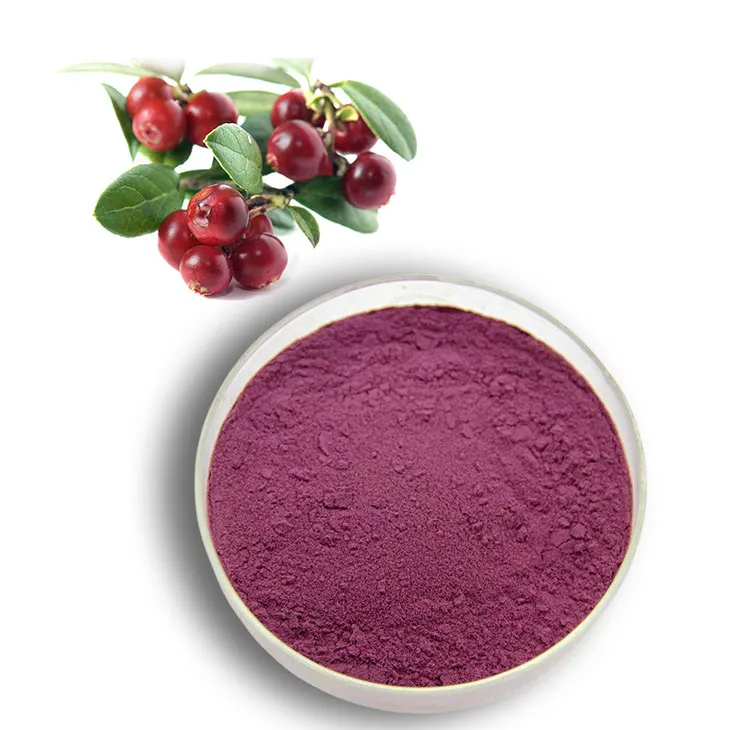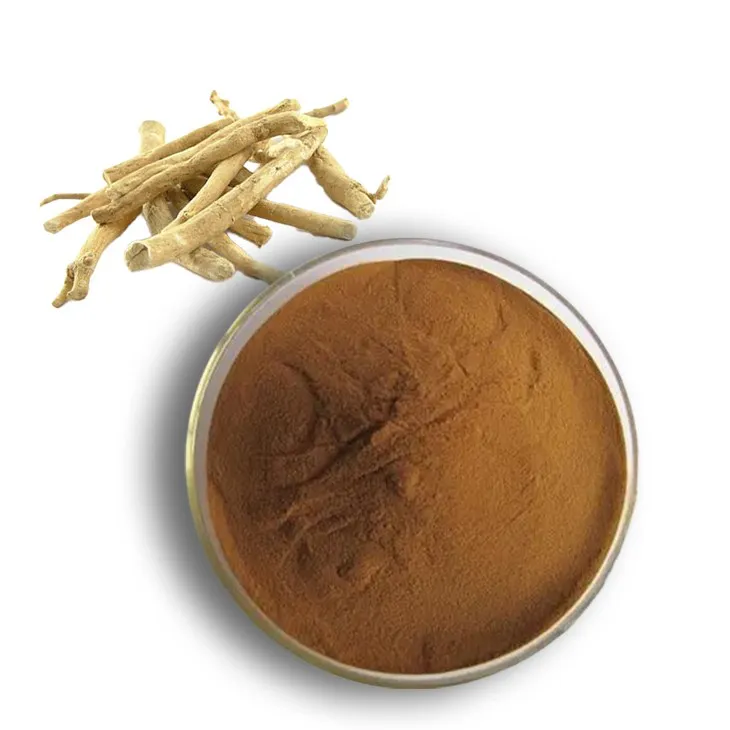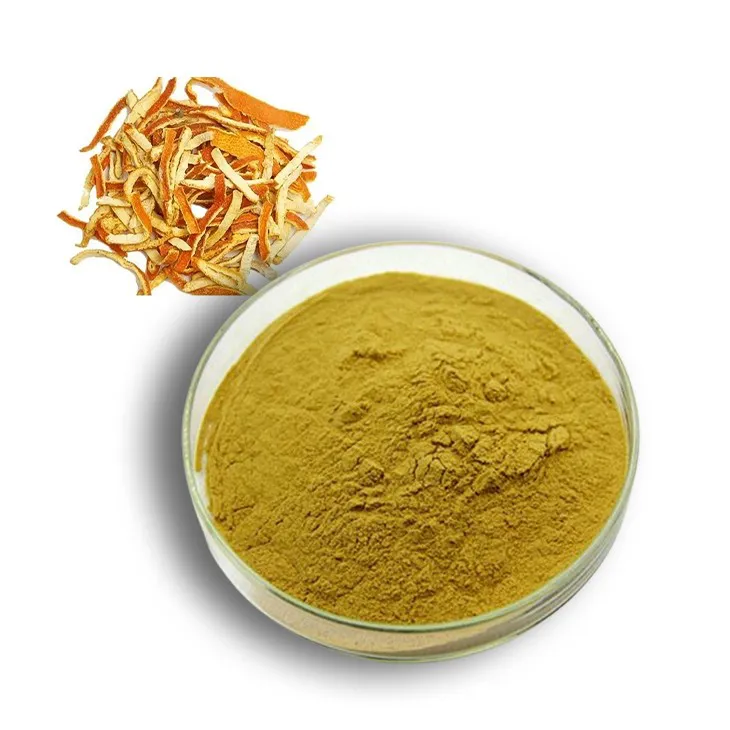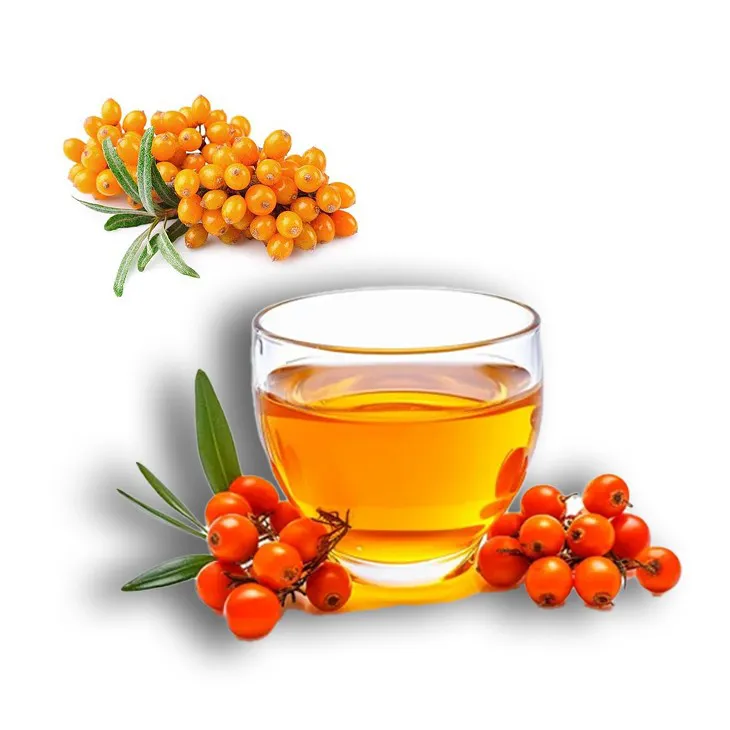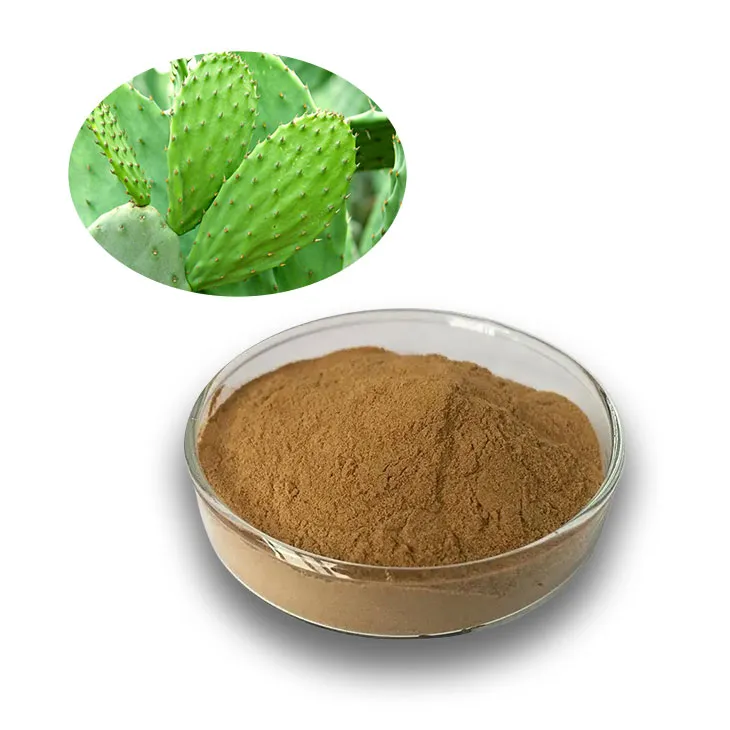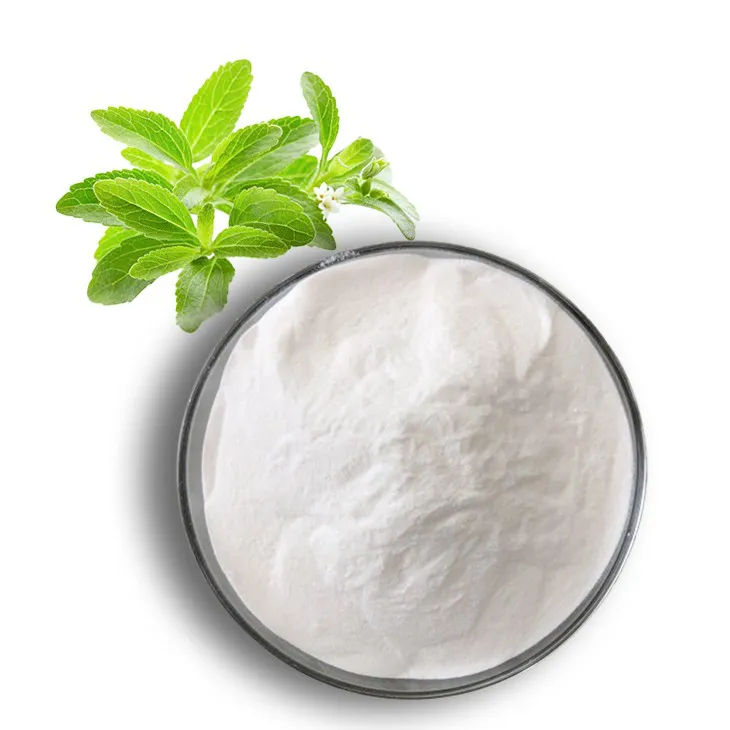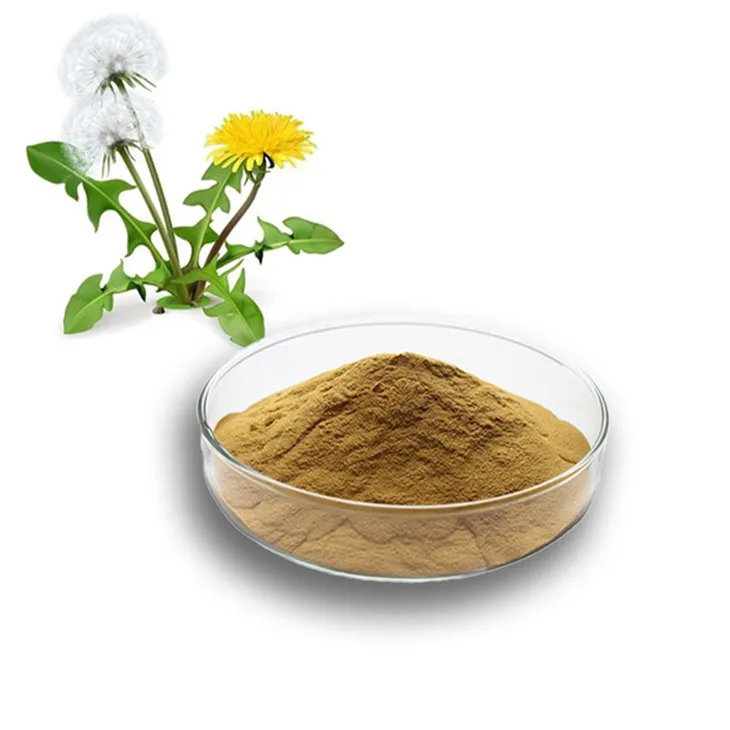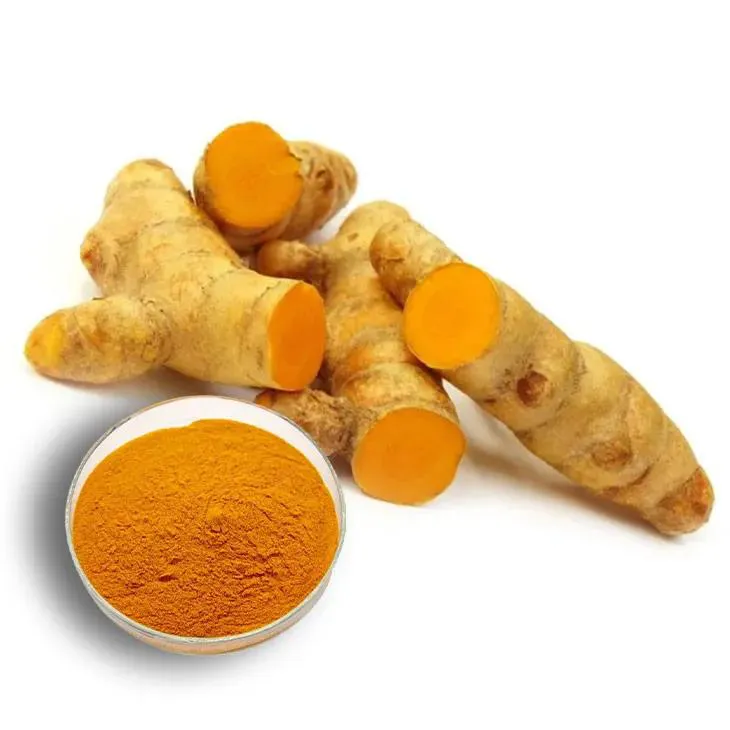- 0086-571-85302990
- sales@greenskybio.com
Yarrow: Ancient Healer for Wounds and Wellness
2025-07-30
Yarrow, scientifically named Achillea millefolium, is a resilient perennial plant found throughout the Northern Hemisphere, easily recognized by its feathery leaves and clusters of small, whitish flowers. With a history stretching back thousands of years, yarrow has earned a place of honor in traditional herbal medicine for its wide range of healing properties, particularly its reputation for treating wounds and aiding digestion.
Known by a host of colorful names—including “soldier’s woundwort,” “nosebleed plant,” “staunchweed,” and “milfoil”—yarrow’s identity is deeply rooted in its practical uses and folklore. The name Achillea honors the Greek hero Achilles, who, according to legend, used yarrow to heal his soldiers’ wounds on the battlefield. Yarrow’s leaves and flowers, when crushed, give off a pungent, earthy aroma, and the plant’s taste is distinctly bitter, with a hint of spice.
Yarrow’s enduring popularity arises from its powerful astringent, anti-inflammatory, and antimicrobial effects. Used topically, it helps stop bleeding, reduce swelling, and promote rapid healing of cuts, bruises, and minor wounds. Internally, yarrow tea or tinctures offer support for digestive health, alleviating symptoms such as bloating, cramps, and indigestion thanks to its ability to stimulate bile production. Herbalists also value yarrow for its mild fever-reducing (diaphoretic) qualities and immune-boosting benefits, making it a common remedy during cold and flu season.
Another valued aspect of yarrow is its calming effect. The plant’s sedative qualities can help soothe anxiety and promote restful sleep, expanding its usefulness beyond physical health to emotional well-being.
Despite these benefits, yarrow is not without risks. Individuals with allergies to other members of the daisy family (such as chamomile or ragweed) should use caution, as allergic reactions are possible. Pregnant and breastfeeding women are advised to avoid yarrow due to its potential to induce uterine contractions. Additionally, yarrow’s mild blood-thinning properties mean it should not be combined with anticoagulant medications without consulting a healthcare professional.
In the kitchen, yarrow’s distinct bitterness is not to everyone’s taste, but it can be an intriguing addition to creative recipes. Some flavorful uses include:
- Herbal yarrow tea, sometimes blended with chamomile or mint for balance.
- Yarrow and lemon-infused honey for drizzling over breakfasts.
- Salad dressings or vinaigrettes featuring yarrow-infused vinegar.
- Soups accented with chopped fresh yarrow leaves for a subtle herbal note.
- Cocktails enhanced with homemade yarrow syrup for a botanical twist.
Yarrow’s legacy as a multifaceted healing herb endures to this day. With a spectrum of traditional and modern uses—spanning wound healing, digestive support, and immune health—yarrow continues to serve as a natural remedy for a variety of common ailments. As always, users are encouraged to consult healthcare providers to ensure safe and personalized use of this historic and versatile plant.
- ▶ Hesperidin
- ▶ Citrus Bioflavonoids
- ▶ Plant Extract
- ▶ lycopene
- ▶ Diosmin
- ▶ Grape seed extract
- ▶ Sea buckthorn Juice Powder
- ▶ Fruit Juice Powder
- ▶ Hops Extract
- ▶ Artichoke Extract
- ▶ Mushroom extract
- ▶ Astaxanthin
- ▶ Green Tea Extract
- ▶ Curcumin
- ▶ Horse Chestnut Extract
- ▶ Other Product
- ▶ Boswellia Serrata Extract
- ▶ Resveratrol
- ▶ Marigold Extract
- ▶ Grape Leaf Extract
- ▶ New Product
- ▶ Aminolevulinic acid
- ▶ Cranberry Extract
- ▶ Red Yeast Rice
- ▶ Red Wine Extract
-
Marigold Extract
2025-07-30
-
Grape Seed Extract
2025-07-30
-
Bilberry Extract
2025-07-30
-
Withania Somnifera Extract
2025-07-30
-
Hesperidin
2025-07-30
-
Sea buckthorn oil
2025-07-30
-
Cactus Extract
2025-07-30
-
Stevia Extract
2025-07-30
-
Dandelion Leaf Extract
2025-07-30
-
Curcumin Extract
2025-07-30











